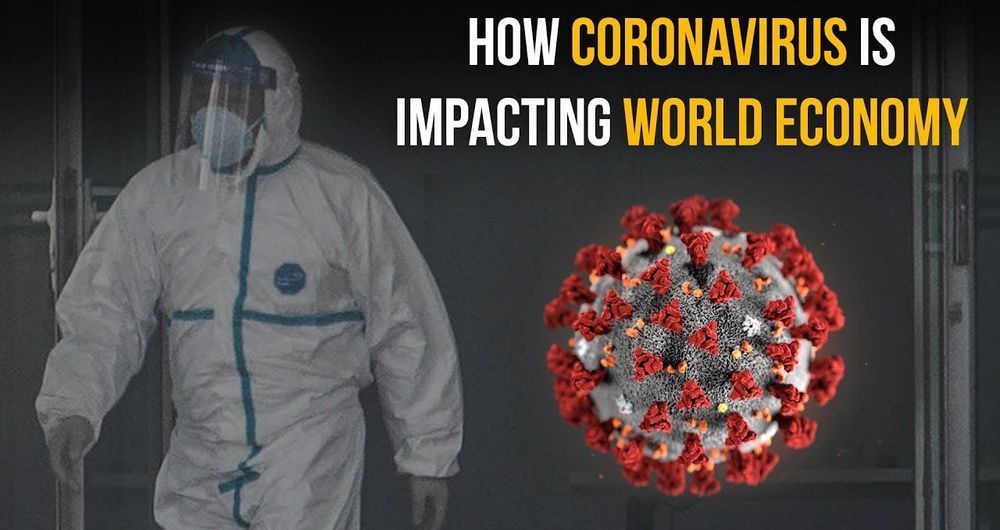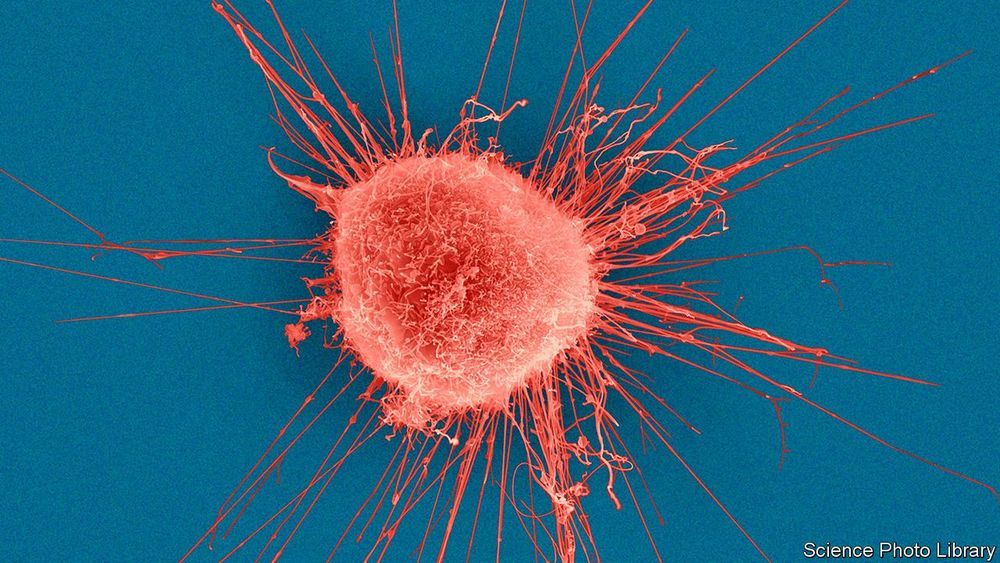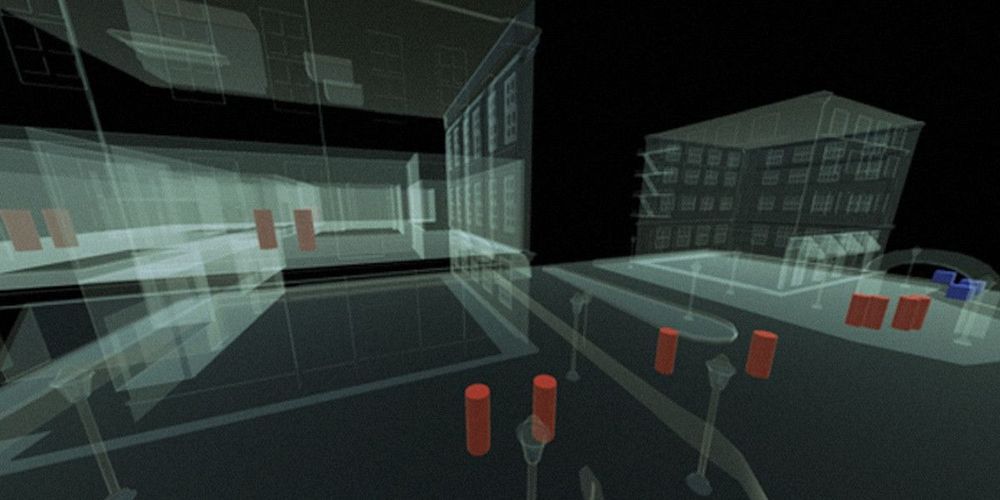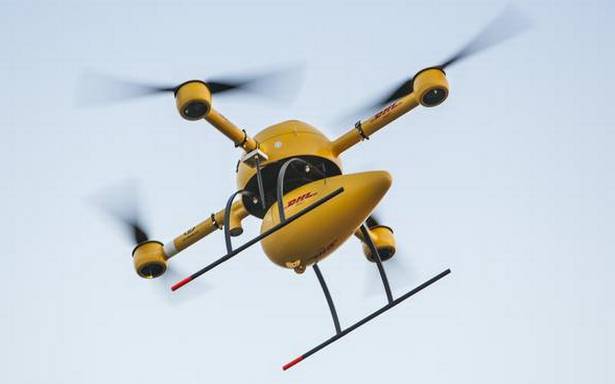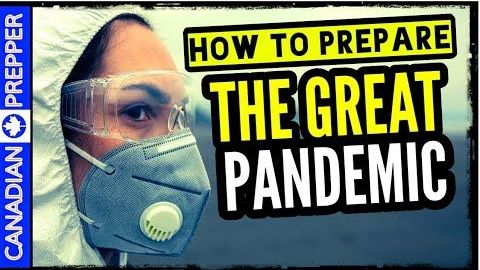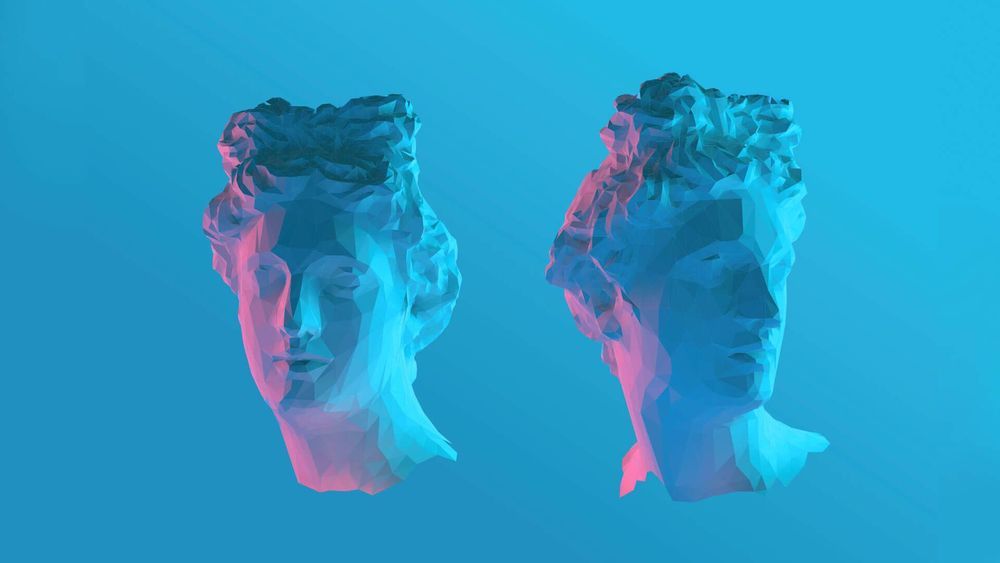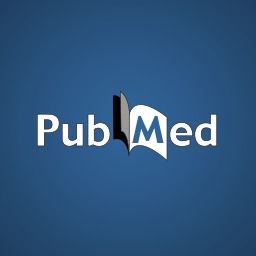Feb 7, 2020
Indian Scientist In Australia Is Close To Developing Vaccine For Coronavirus And Save Lives
Posted by Prem Vijaywargi in categories: biotech/medical, health
Coronavirus-cure-indian-scientists-team-is-very-close-to-developing-vaccine-for-coronavirus.
In a major breakthrough that can lead to a quick Coronavirus vaccine, a team of scientists led by an overseas citizen of India, Professor SS Vasan of CSIRO (Commonwealth Scientific and Industrial Research Organization) Dangerous Pathogens Team has successfully mass produced the novel Coronavirus strain outside China in sufficiently large number to begin clinical trial of medicine.
